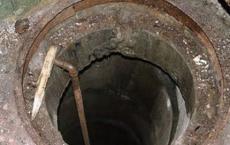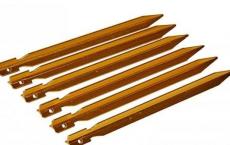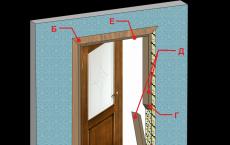How to strengthen the slope on the site?
Building on slopes is always associated with certain difficulties; growing a garden on such a relief is sometimes not easy either. But humanity has come up with different options for strengthening uneven areas of soil and you should know them in order to choose the best one for your garden.
Why are slopes dangerous in landscape design?
Slopes and slopes are always unstable. Their relief changes over time. Sometimes it happens very quickly. They are destroyed by streams of rainwater, sag after the snow melts, crumble from temperature changes and human activities. These problems are especially pronounced where the slope was leveled, where new soil or gravel was poured. Such embankments always "slide" if they are not strengthened. Why is this happening?
The basis of the slope is the earth and stones that lie there for decades. They are tight and hold on tight. On top of this, crushed stone and sand are usually poured to form a relief, fertile land for planting. This poured part is looser, it absorbs a lot of moisture, after heavy rains it slides down under its own weight and under the influence of a stream of water. This is how the created landscape is destroyed. The roots of planted plants are damaged.
In addition to the fact that the slope designed by the designer is being destroyed, one should not forget that all this soil is moving somewhere, sometimes quite rapidly. And down there, under the collapsed soil, there may be a garden path or a vegetable garden.
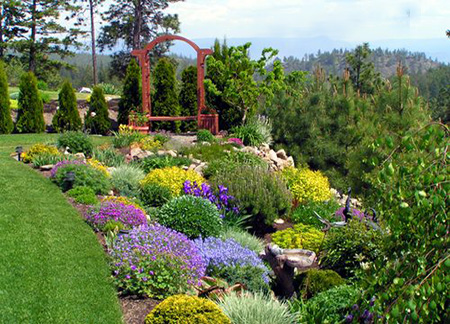
The choice of a particular method depends on such factors:
- slope steepness;
- soil features;
- proximity to groundwater;
- the likelihood of undermining the site with melt water or the proximity of a reservoir.
Plants for strengthening slopes
Everyone knows that trees and shrubs with a large and branched root system fix uneven terrain well. What could be easier: choose plants that strengthen the slope, plant them and forget about the problem. But in reality it is not so simple. First, this method is only suitable for gentle slopes. Secondly, bushes need time for their roots to grow deep into the soil and gain a foothold in it, so that they are firmly intertwined with neighboring plants. And meanwhile it rains, the earth moves down, damaging the root system of young bushes.
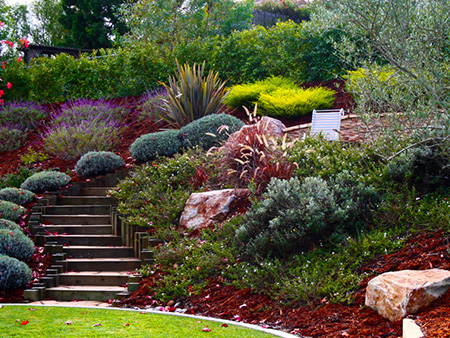
Sown grass or annuals develop quickly, but only strengthen the topsoil. This means that other, more reliable ways to strengthen the slopes are required.

